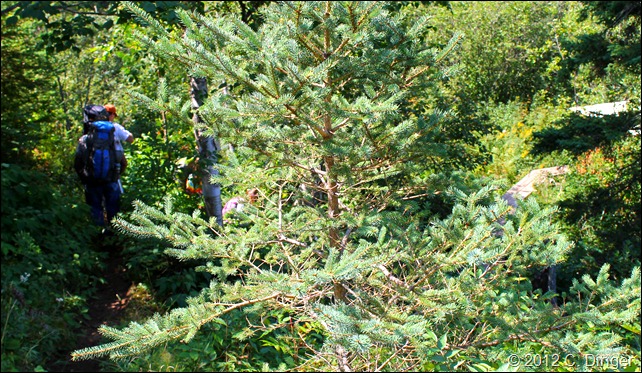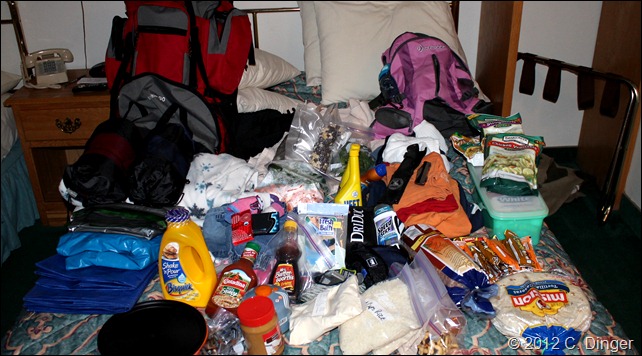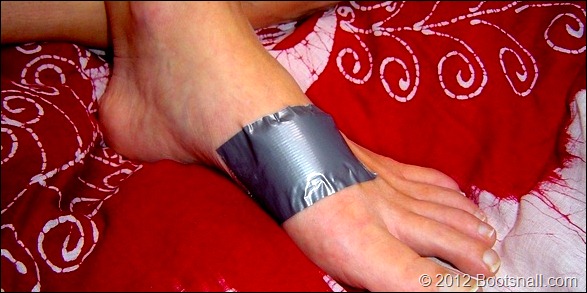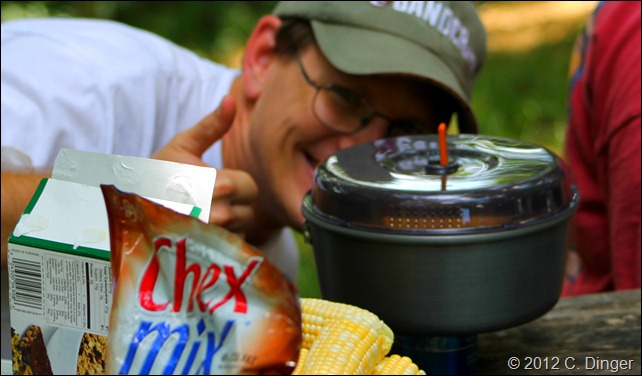Back in 2009 we visited Rocky Mountain National Park to hike to Flattop Mountain Trail and we did that successfully. Unfortunately that was done after a long day of exploring so there wasn’t much energy to continue further. I’ve wanted to attempt the trail again if the opportunity presented itself. Well, recently we made the opportunity happen and once again found ourselves on the trail. Surprisingly the beginning of the trail looks very different from what it looked like seven years ago as proven in the next two photos.
The top picture was taken in 2009 and the next one taken just a few weeks ago. I can find now similarities to them which made it a little challenging to begin this hike since there wasn’t really recognition of the beginning of the trail causing me to question if we were on the right path or not. Especially since it was still dark when we got to this point. Trusting in the trail signs we pressed onward towards the top.
Our hike on Flattop Mountain began at 4:30am as we passed Bear Lake. The scene is pictured above. In the dark, armed with flashlights, our journey on this mountain trail began to climb towards to top. In a short time we began to see light on the horizon however the trail swallowed by trees continued to be dark requiring artificial light sources to make our way over rocks and tree roots as we went up, up, up, to the sky.
As we continued on this trail we could begin to feel the effects of the ever thinning air making it more difficult to breath and hike at a fast pace. Increasing our breaks while we trekked higher the trees began to decrease in size indicating the approaching tree line where they can no longer grow in the cool mountain air. Daylight finally penetrated this forest trail just as we broke above the trees bringing spectacular views of the mountains surrounding us with Emerald lake in the valley below. Our climb began below this lake and now look how high above it we are. Progress.
Marmots appeared from the rocks in the mountain to greet us as we passed their homes. They made for a more interesting hike once reaching the tundra of the alpine zone on Flattop Mountain. Watching as they climbed in and out of boulders and finally on top of them to grab the warmth of the morning sun before gathering food for the day was extremely entertaining.
They would definitely not be outdone by their smaller tundra mates – the Picas. These smaller alpine mammals would give a sharp squeak but would not always come into view as they moved between the rocks and boulders. If you watched long enough there would be a glimpse of movement and out would come one of these soft Picas running across the surface as they gathered portions of plants to store in their nests giving another squeak as if to say good morning while we passed.
After several hours of hiking and a number of breaks to catch our breath we reached the summit of Flattop Mountain. I always imagine mountains as these immovable pieces of solid stone reaching towards to sky. It surprises me as we walk the top of the mountain that the top is scattered stones and boulders showing they are not as solid as originally perceived. The elements continue to work on these mountains breaking them apart slowly over time. For now it’s a great challenge to climb to the top of these massive rock formations.
In our picture above you see Hallet Peak to the right which is the next mountain over and one we briefly discussed climbing but decided this was enough for today as the real challenge rests in the left of this photo – Longs Peak. A hike for another day. With our goal achieved for today we spent some time exploring and taking in the sights of our amazing surroundings, and watching some of the animals as they went about their business for the day.
After a little rest and energizing food we ventured to the nearby Continental Divide Trail. I’ve read about people hiking this entire trail covering over 3,000 miles from Mexico to Canada and wanted to walk a little of this beautiful trail. There were large cairns marking the trail most likely to show where it is during the spring and fall when snow could cover it making a more challenging hike and increased likelihood of getting lost. Further exploration on the CDT was tempting but it was time to head back down the mountain. With our destination successfully found we began the descent back to Bear Lake.

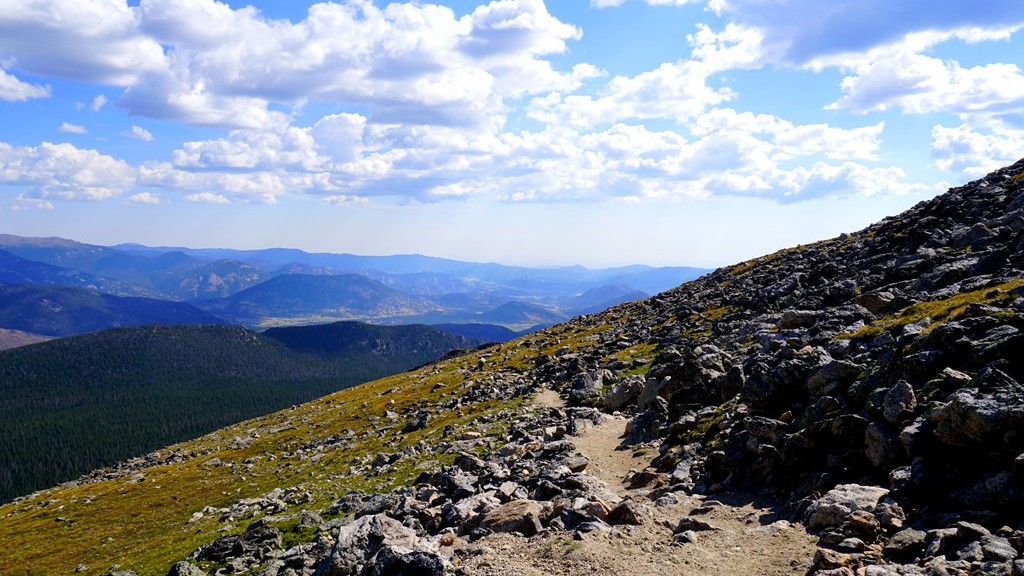

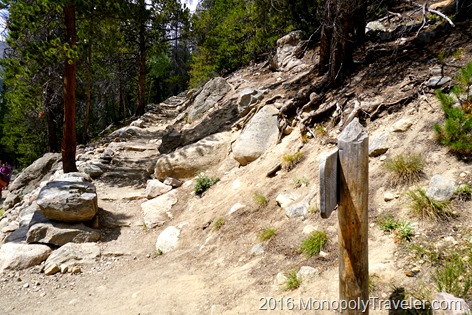
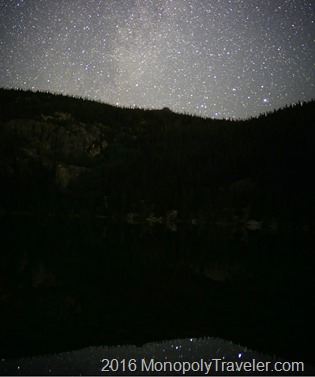
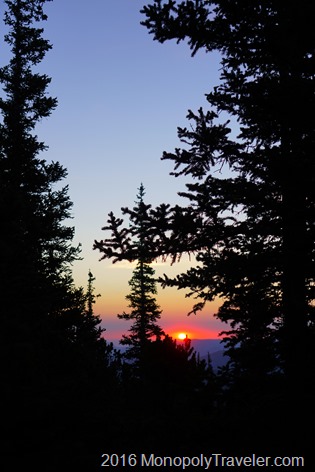
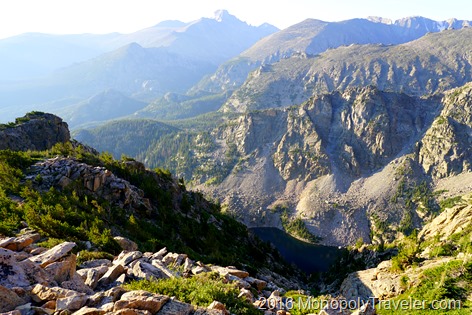
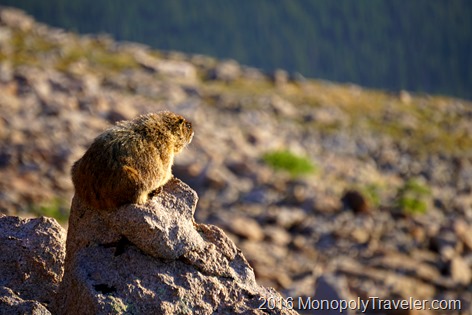
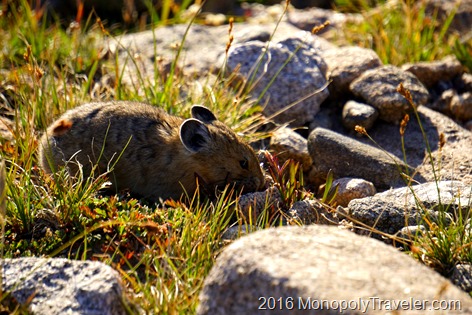
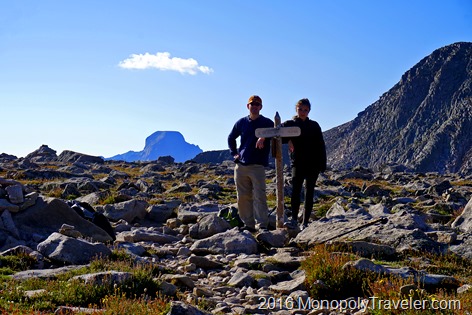
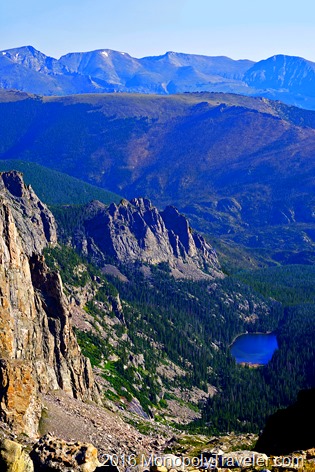
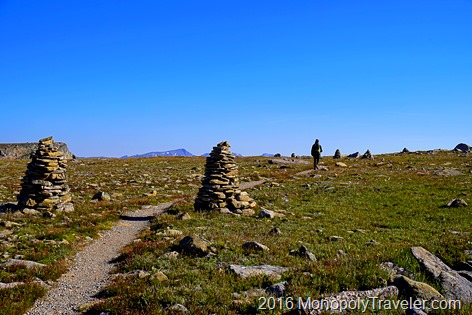


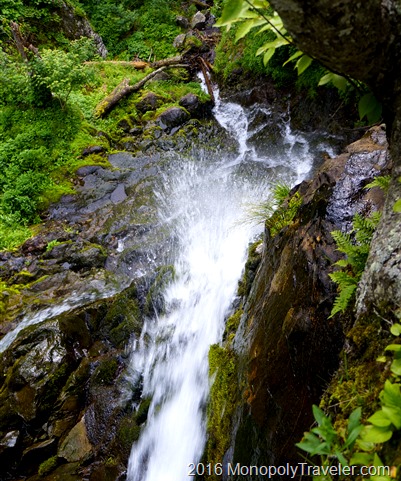

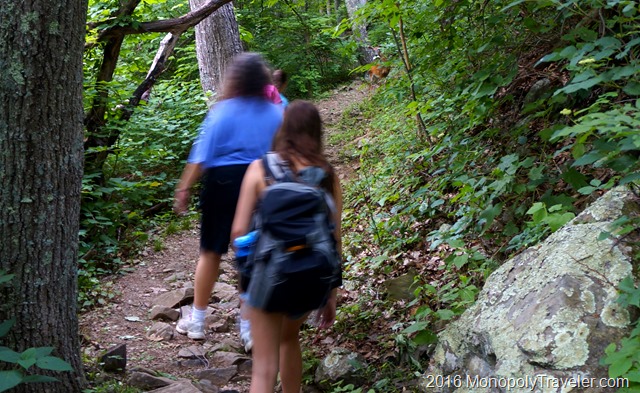
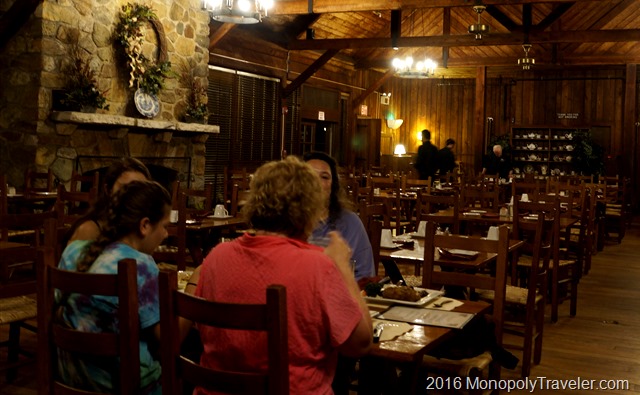

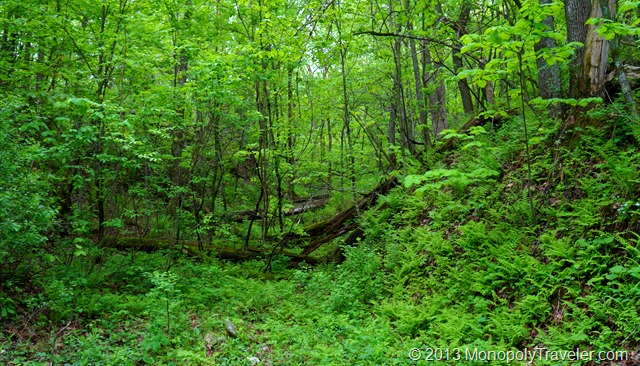

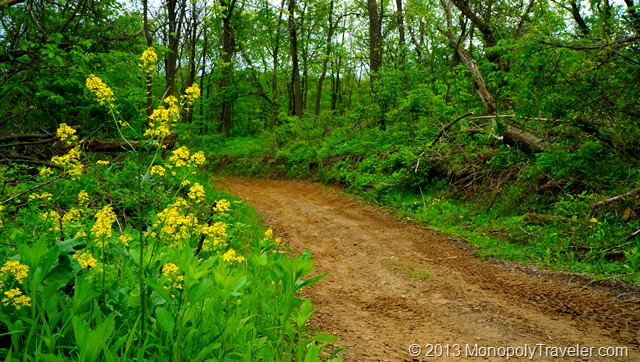
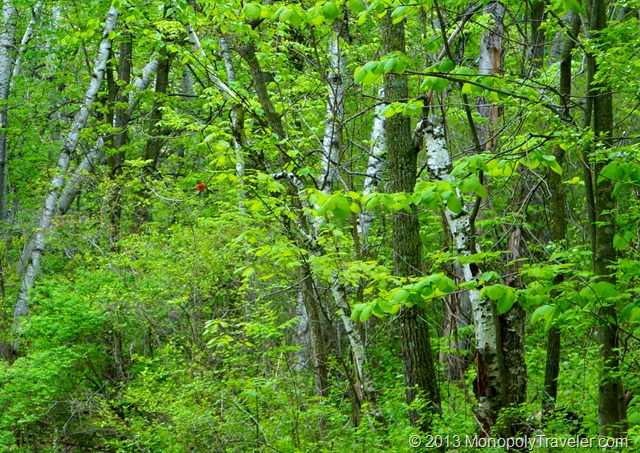

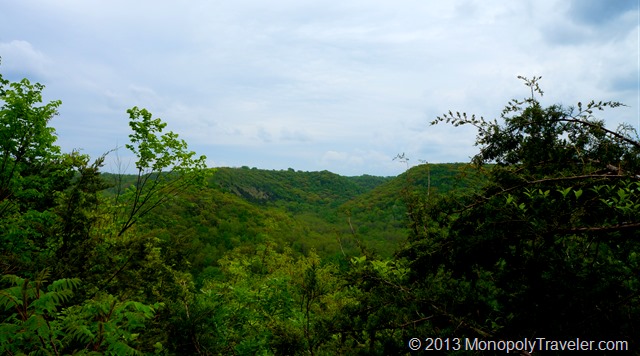
![DSC00811_thumb[14] DSC00811_thumb[14]](http://monopolytraveler.com/blog/wp-content/uploads/DSC00811_thumb14_thumb.jpg)
![P8120207_thumb[11] P8120207_thumb[11]](http://monopolytraveler.com/blog/wp-content/uploads/P8120207_thumb11_thumb.jpg)
![Isle Royal 2012 211_thumb[18] Isle Royal 2012 211_thumb[18]](http://monopolytraveler.com/blog/wp-content/uploads/Isle-Royal-2012-211_thumb18_thumb.jpg)
